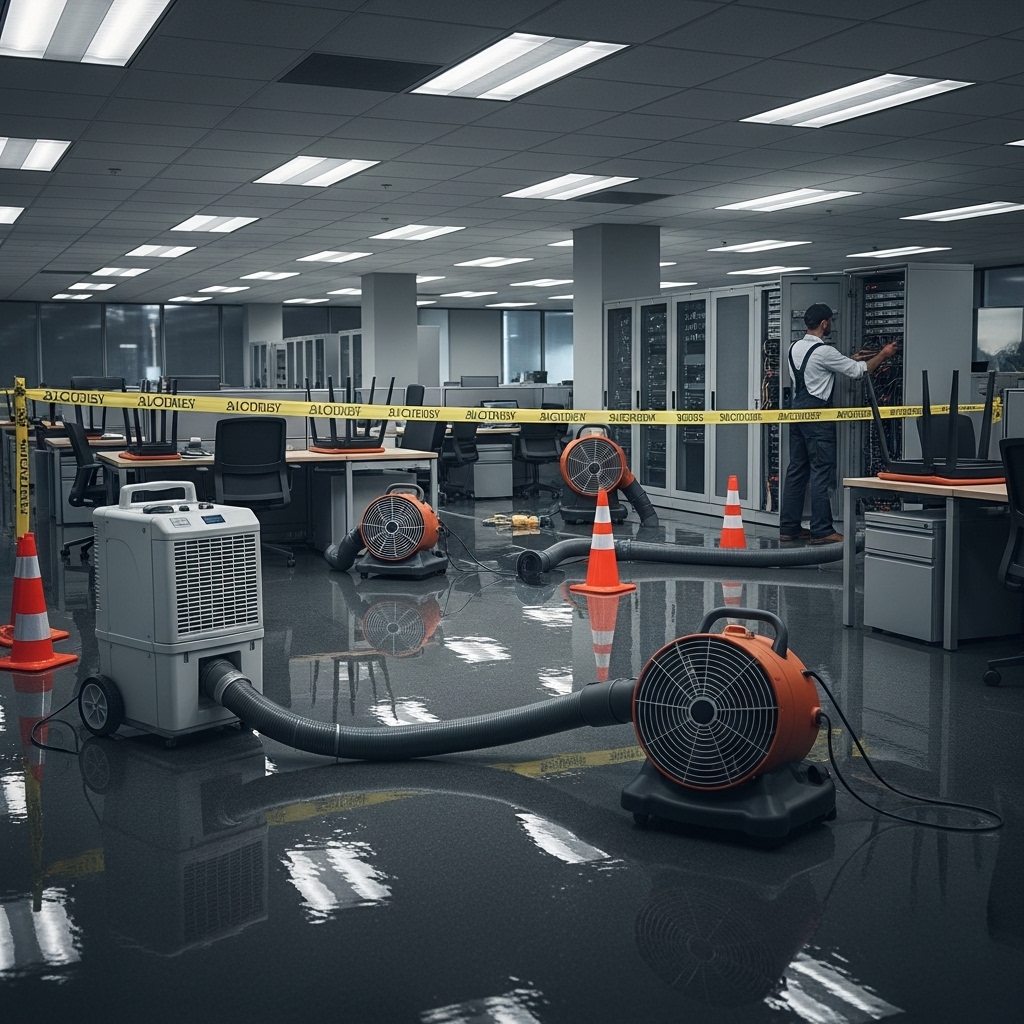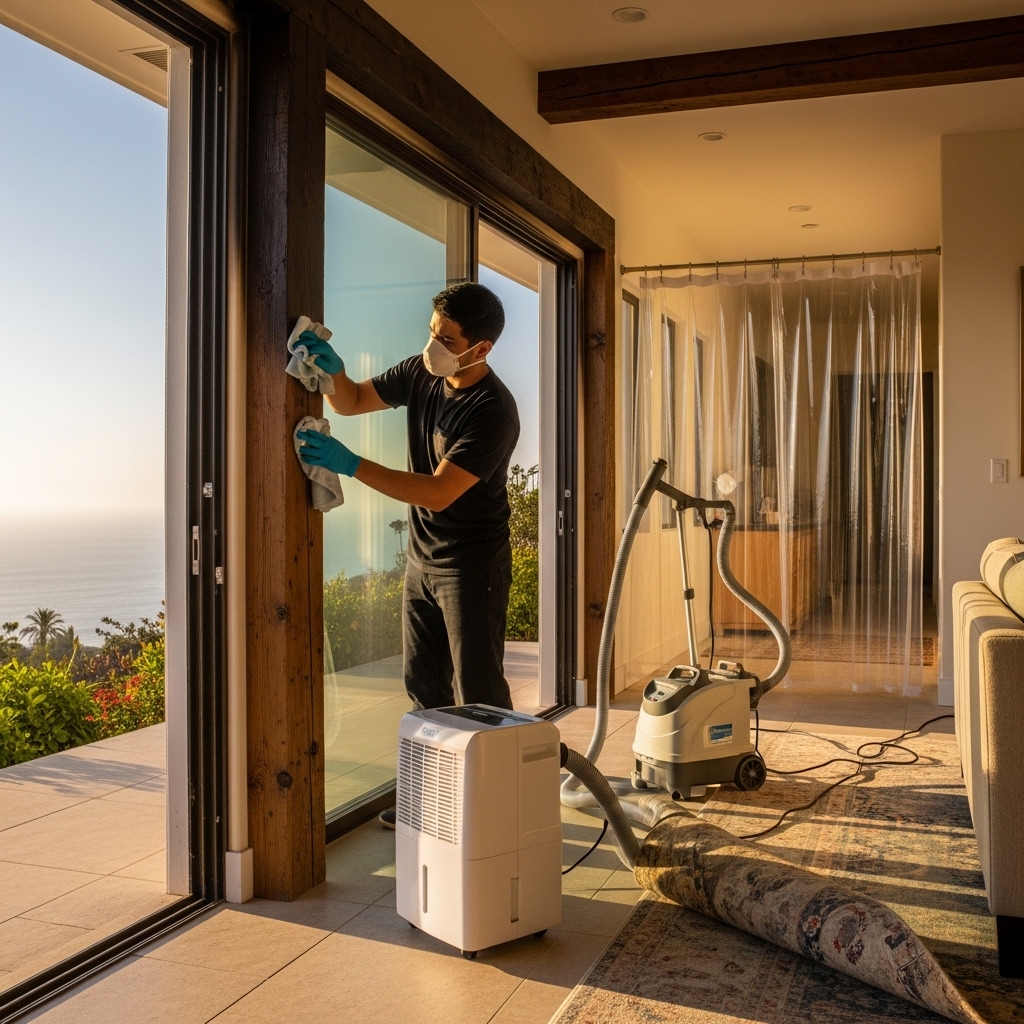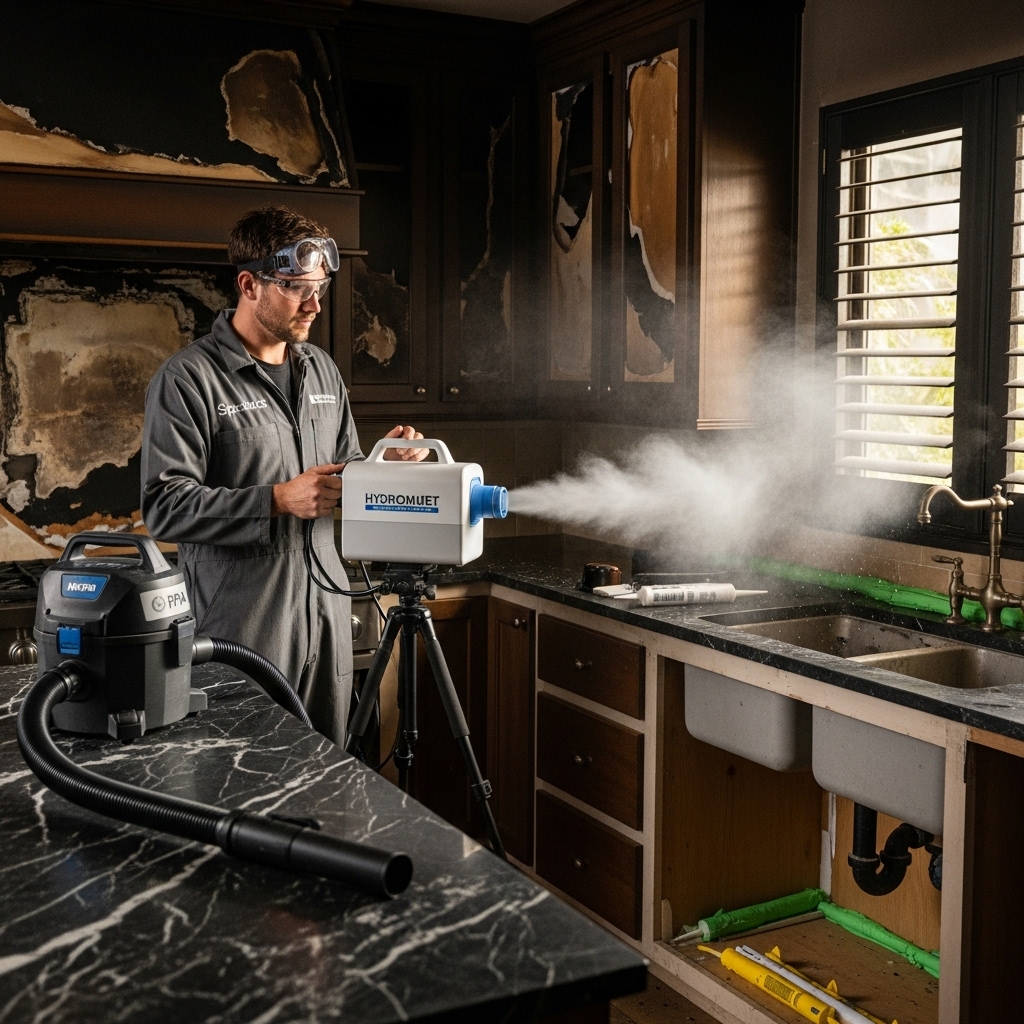For Canoga Park businesses, water damage is more than a building problem; it is an operations problem. Every hour a store, office, or warehouse is offline can impact revenue, service levels, and customer trust. A structured, well-documented approach keeps teams safe, reduces downtime, and protects assets. The following guide outlines an end-to-end process tailored to commercial spaces, so you can respond decisively and get back to business. If you need outside expertise, engage a qualified provider for commercial water damage restoration to accelerate mitigation and coordinate the complex moving parts.
Risk Assessment And Safety
Start with a rapid risk assessment. If water has entered near electrical panels, server rooms, or production equipment, isolate power to those circuits and secure the area. Establish a clear perimeter with signage so staff and customers do not enter unsafe zones. In retail or public-facing spaces, designate a single point of contact to direct traffic, receive deliveries, and communicate updates to employees and customers.
Evaluate the source and category of water. A ruptured supply line calls for immediate shutoff; a roof leak during a storm may require tarping and interior protection; a drain backup carries potential contamination, which demands personal protective equipment and more stringent cleaning protocols. The water category informs what can be salvaged and how to sanitize affected areas.
Business Continuity And Communication
Activate your continuity plan. Set priorities around mission-critical functions: point-of-sale systems, order fulfillment, refrigeration, and patient or client services. Redirect operations to unaffected zones when possible, and communicate early with stakeholders about expected timelines. Draft concise status updates for staff, suppliers, and customers. The goal is transparency that builds trust while you work toward full resumption of operations.
Rapid Water Removal
Extraction is the fastest way to reduce damage. Use pumps or wet vacuums to remove standing water, starting with high-traffic or high-value areas. Relocate sensitive inventory, equipment, and documents to a dry, secure space. In warehouses, check lower shelf levels and the first few pallets for wicking. In offices, lift floor mats, protect furniture legs, and disconnect electronics after they are powered down.
Moisture Mapping And Drying Plan
Commercial structures often have complex assemblies: slab-on-grade floors, metal studs, insulated demising walls, suspended ceilings, and large HVAC systems. Use moisture meters and thermal imaging to establish the full perimeter of wet materials. Set drying goals for concrete, drywall, and structural wood. Employ a combination of high-velocity air movers and appropriately sized dehumidifiers. Build containment to limit the conditioned volume and maintain acceptable indoor air conditions in the rest of the building.
Protecting Electronics, Records, And Inventory
Shut down and unplug electronics before moving them. Elevate devices to prevent further exposure and place desiccant packs in sealed containers with sensitive items. For paper records, interleave absorbent sheets and prioritize the most critical documents for immediate drying or scanning. Refrigerated or temperature-sensitive inventory may require rapid relocation to avoid spoilage or loss.
Sanitation And Category-Specific Cleaning
Category 1 water damage often allows for salvaging more materials with aggressive drying and cleaning. Category 2 and 3 incidents demand enhanced sanitation: remove and discard porous materials that cannot be properly disinfected, and treat remaining surfaces with appropriate solutions. Focus on touchpoints—doorknobs, countertops, breakrooms, and restrooms—to restore a healthy environment for staff and customers.
Insurance And Regulatory Documentation
Commercial claims benefit from meticulous documentation. Capture before-and-after photographs, keep a drying log with daily readings, and note all mitigation decisions. If your facility is regulated—healthcare, food service, or childcare—coordinate with the relevant agencies regarding reopening criteria. Maintain a record of product disposition for any impacted inventory.
Midpoint Review And Adjustments
About halfway through the drying cycle, conduct a formal checkpoint. Compare moisture readings against your targets for each material type. If drying has plateaued, revise equipment placement or capacity, expand containment, or investigate hidden cavities—elevator pits, under-platform spaces, or behind millwork—where moisture lingers. This is an ideal time to bring in or consult with specialists in water damage restoration who can recalibrate the plan and keep the timeline on track.
Repairs, Rebuild, And Cosmetic Restoration
Do not start rebuild until materials reach dry standards. When ready, sequence repairs to minimize operational disruption: complete structural and wall repairs first, then flooring, paint, and fixtures. Use low-VOC products where possible so spaces return to service quickly without lingering odors.
Reopening And Post-Incident Improvements
Before reopening affected areas, run through a safety and quality checklist: confirm moisture readings, ensure sanitation is complete, verify that egress paths are clear, and test all systems. After resumption, hold a brief review session with your team. Note what worked, where delays occurred, and how to strengthen future responses—shutoff valve labeling, gasket replacement schedules, roof maintenance intervals, or staff training.
Frequently Asked Questions
Q: How long does commercial drying take? A: Many spaces dry within three to five days, but larger structures and high water volumes can extend the timeline. Containment and the right equipment mix accelerate results.
Q: Can we keep operating during mitigation? A: Often yes, by isolating the affected area, adjusting hours, or moving operations to alternate spaces. Safety and customer experience should guide the decision.
Q: Who coordinates with insurance? A: Assign a single point of contact to interface with the adjuster, provide documentation, and approve work orders. This reduces confusion and speeds decisions.
Q: What about odors after drying? A: Persistent odors typically indicate residual moisture or materials that require additional cleaning. Verify dry standards and address any remaining sources.
Keep Operations Moving
When water threatens your business, speed and clarity are everything. Stabilize the scene, communicate effectively, and implement a measurable drying plan. For a smooth, well-documented recovery, schedule professional water damage restoration and return your Canoga Park operation to service with confidence.


